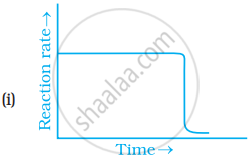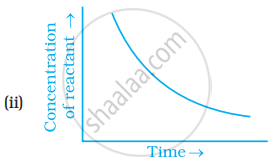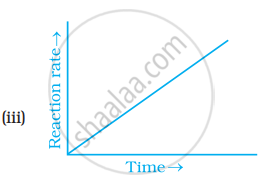Advertisements
Advertisements
Question
Assertion (A): For a zero-order reaction, the unit of rate constant and rate of reaction are same.
Reason (R): Rate of reaction for zero order reaction is independent of concentration of reactant.
Options
Both Assertion (A) and Reason (R) are true and Reason (R) is the correct explanation of the Assertion (A).
Both Assertion (A) and Reason (R) are true, but Reason (R) is not the correct explanation of the Assertion (A).
Assertion (A) is true, but Reason (R) is false.
Assertion (A) is false, but Reason (R) is true.
Solution
Both Assertion (A) and Reason (R) are true and Reason (R) is the correct explanation of the Assertion (A).
Explanation:
The rate of zero-order reaction does not depend on the concentration of the reactant. As a result, the unit for both rate of reaction and rate is the same.
APPEARS IN
RELATED QUESTIONS
Give one example of zero order reaction.
Derive integrated rate law for a zero-order reaction \[\ce{A -> Product}\].
Which of the following graphs is correct for a zero order reaction?




Write the rate equation for the reaction `2A + B -> C` if the order of the reaction is zero.
For a zero order reaction will the molecularity be equal to zero? Explain.
A solution with initial concentration of a mol dm-3 follow zero order kinetic. The time taken for the completion of reaction is
Consider the following statement:-
(i) Increase in concentration of reactant increases the rate of a zero-order reaction.
(ii) Rate constant k is equal to collision frequency A if Ea = 0
(iii) Rate constant k is equal to collision frequency A if Ea = 0
(iv) In k vs t is a straight line
(v) In k vs 1/T is a straight line
Which of the above statement is correct?
For a zero-order reaction, the plot of [A]t vs t is linear with a ______
What is zeroth order reaction? Derive its integrated rate Law. What are the units of rate constant?
If unit of rate constant is mol dm−3s−1, the order of reaction would be ______.
